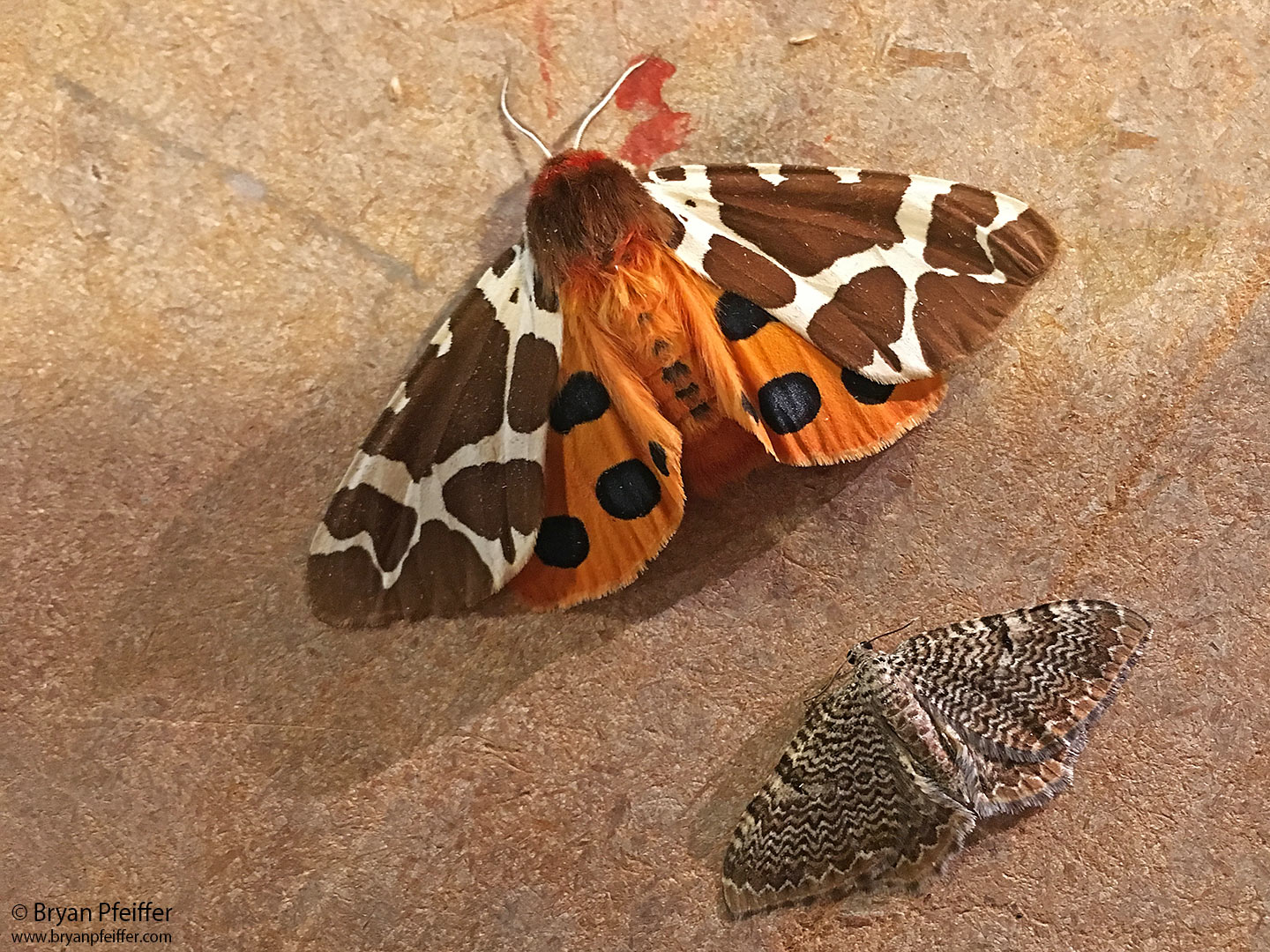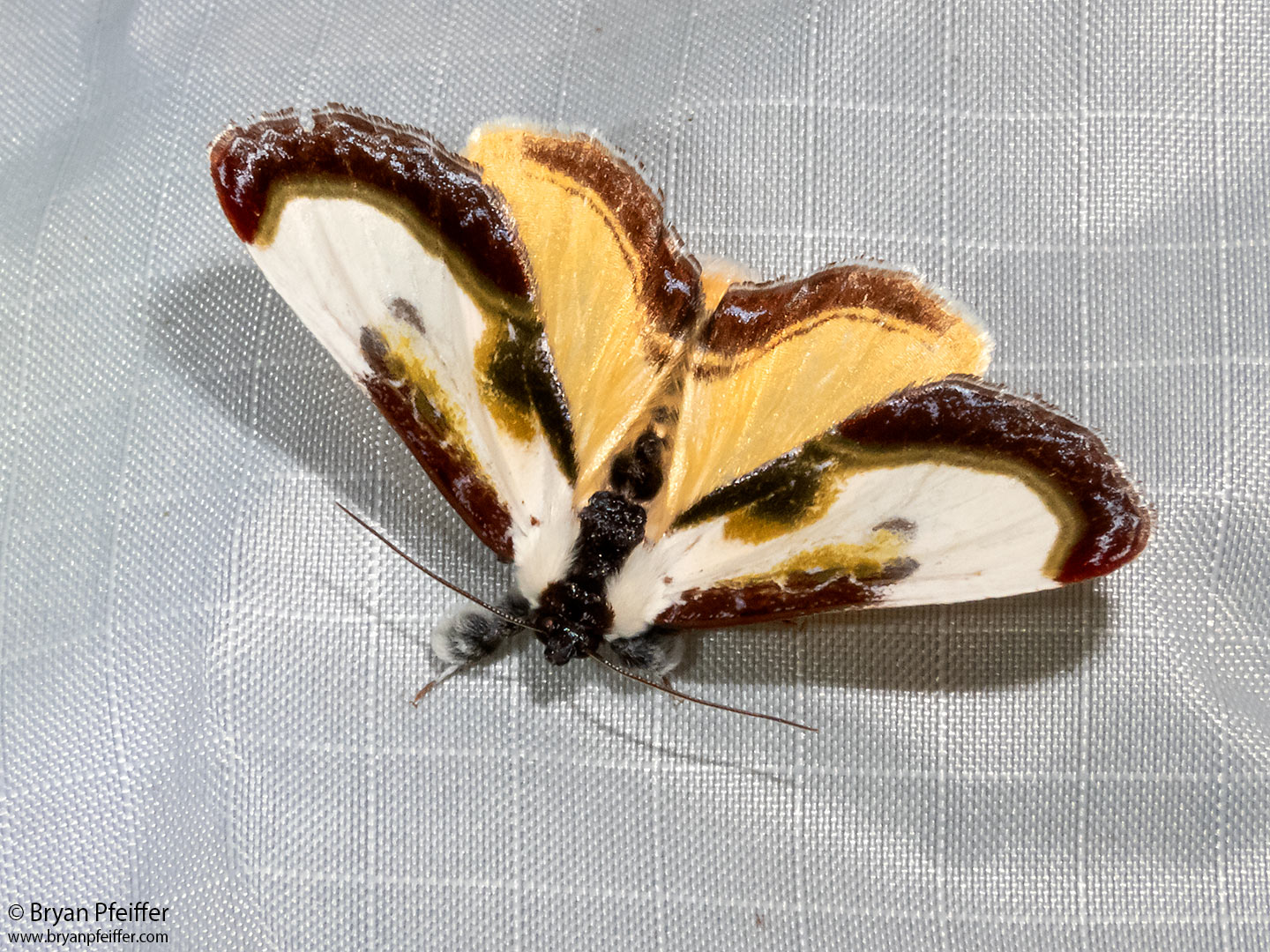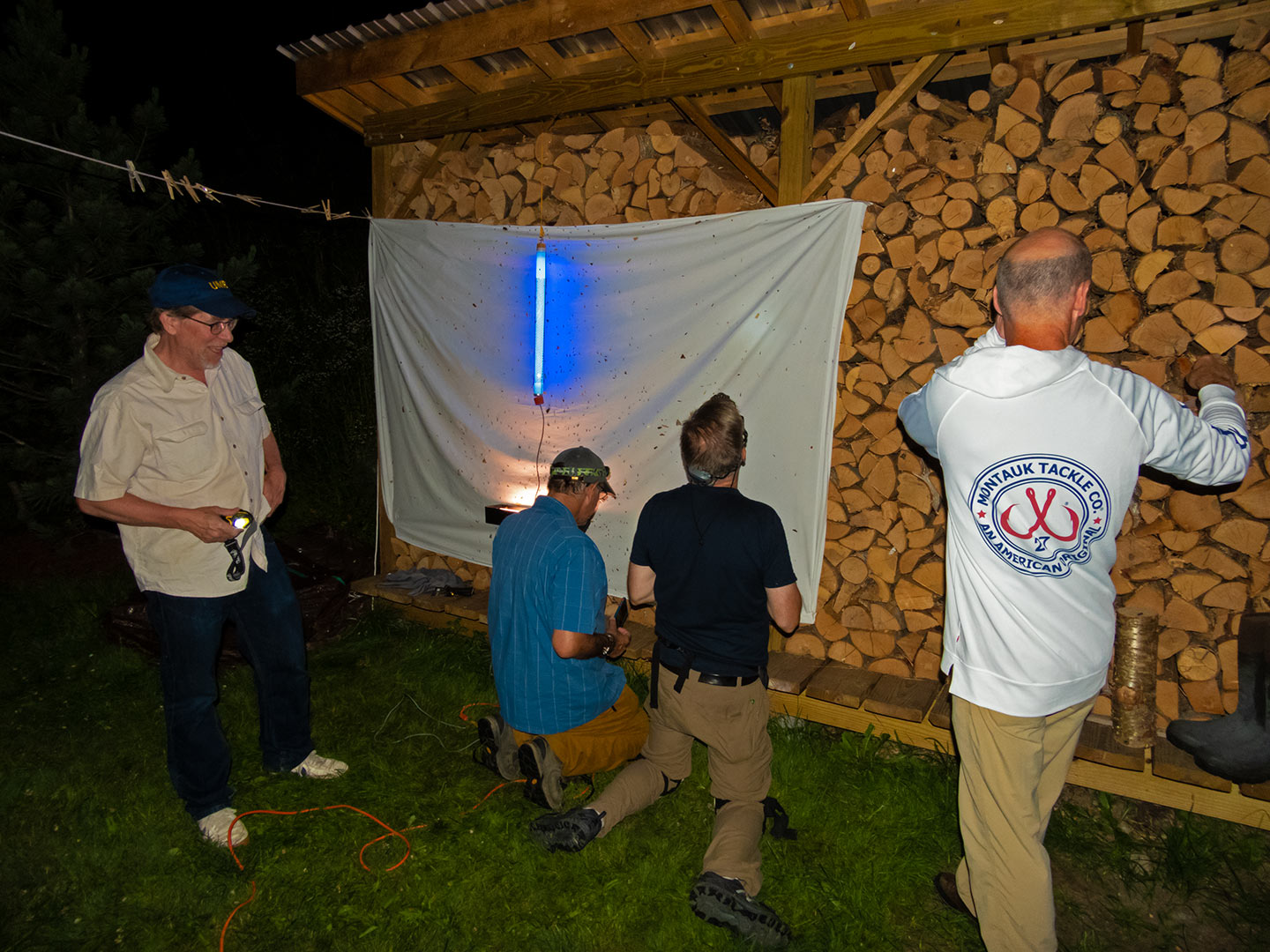Montpelier Goes Wild

Spring Salamander and Summer Azure. Lesser Purple-fringed Orchid and Greater Celandine. Pineapple-Weed and Chocolate Tube Slime Mold. They were all among the more than a thousand living things we discovered here in Montpelier this past weekend.
Biologists and citizen scientists converged on the greatest city on Planet Earth to do nothing less than identify every living thing we could find over the course of 24 hours. Guided by the North Branch Nature Center, the Montpelier BioBlitz was a celebration of life and nature and people — a recognition of the wild around us, no matter where we live.
These BioBlitzes happen in parks, preserves and other wild places, but rarely do they encompass an entire state capital. We wrapped up at 2PM on Sunday, but the results will continue to pour in during coming weeks. You can see and track what we tallied on the Montpelier BioBlitz results page.
A brigade of people and organizations made this BioBlitz one of the great natural events of the year anywhere in New England (and probably beyond). But I’ll give extra credit to our lead organizer: Sean Beckett, the staff naturalist at NBNC. That guy is not only a skilled field naturalist and ecologist, but he gets shit done. We’re lucky to have Sean and the entire staff at NBNC here in my backyard. They constitute a powerful and talented group that, beyond Montpelier, is working to connect us all to nature and, well, you know — to save the world and stuff. It’s yet another reason you should support NBNC’s capital campaign.
I’ll leave you a few other moth images (it’s National Moth Week, after all), including my team of friends/biologists at the sheet across my wood shed Saturday night. (By they way, I blogged previously on this bird crap mimic below, and that Peppered Moth is a celebrity in our understanding of evolution.)
Onward!




That insight solves the prbmleo. Thanks!
there were a lot of dissecting scopes out for this event, at least, hopefully some photos from those show up. Of course there’s the even smaller stuff…
I love the title of this last post: “Montpelier goes Wild”! As usual great photography.
Do send me a photo! 🙂
Indeed. Perhaps we can hold a MicroorganismBlitz some day. They do run the world, after all.
Great work and fun, too. When will it be time to pull out the field microscopes and begin to explore the world hidden from the unaided eye. LOTS going on there that is fascinating.
Yep, what JoAnne said. And I addressed the bird droppings here:
https://bryanpfeiffer.com/2016/07/23/crap-or-moth/
Kristen, yes, it is called a bird-dropping mimic. There are a lot of them and they’re not all in the same family or genus.It’s a descriptive term rather than a taxonomic one. In particular, Eudryas grata (the one pictured) and E. unio (we get both in VT) usually have a resting pose where the hind-wings don’t show so they look like bird poop!
Is that one above the Peppered Moth a Bird-dropping Moth?
The Garden Tiger Moth is amazing! I’m going to go dressed as one this Halloween. Thanks, Bryan.